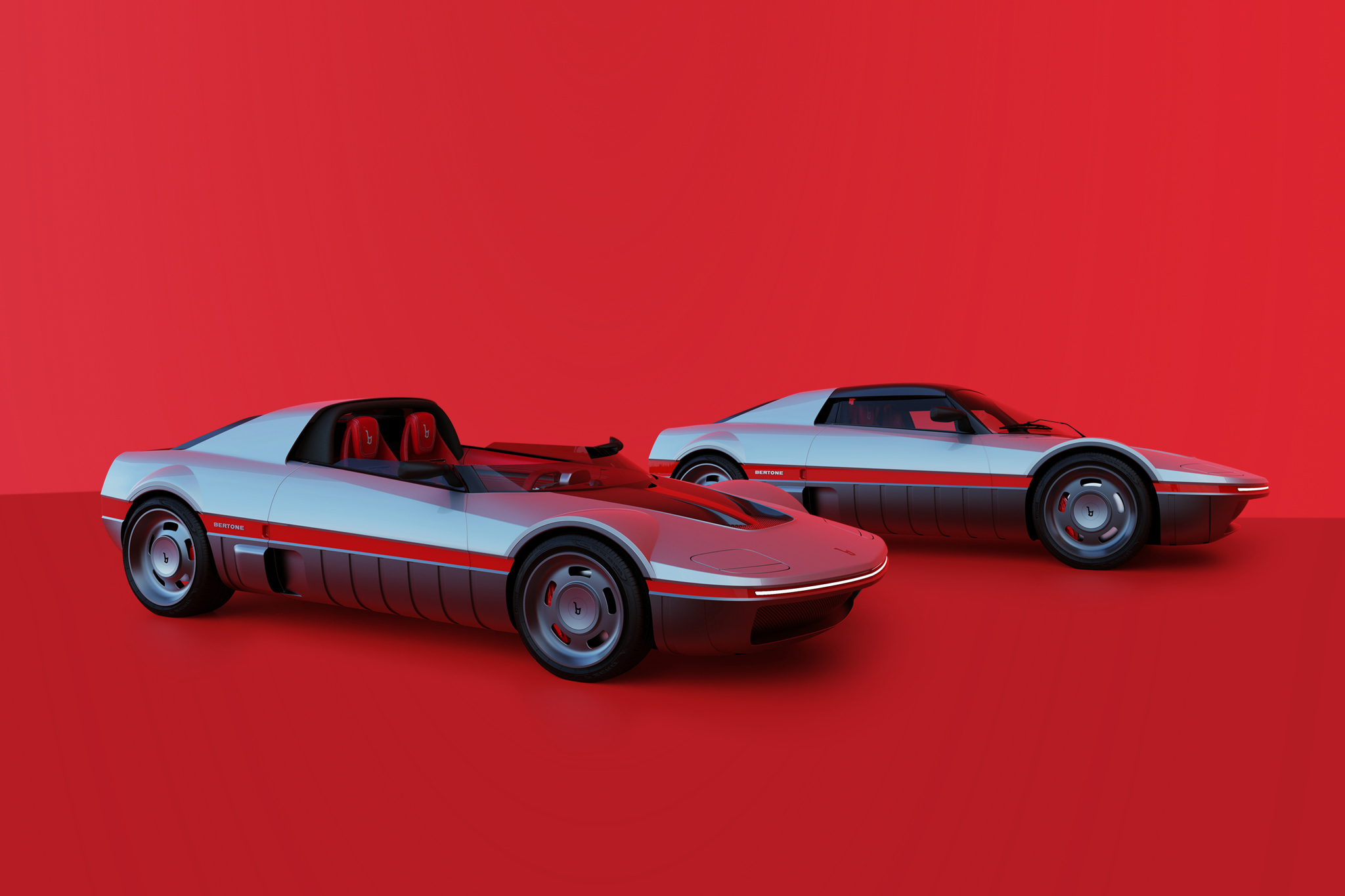70 Years of Jaguar XK120
Anyone who thinks of Jaguar as a car brand today, has either a luxury sedan or a racy sports car like the E-Type in mind. However, only very few readers might know that the history of sporty models at Jaguar began exactly 70 years ago. Before World War 2, the brand was known as ‘Swallow Sidecars Company’ and often shortened to S.S. on the vehicles. Due to the use of this abbreviation by the Nazis, the UK-based car manufacturer decided for a renaming and used a former name of a pre-war model as its new brand name: Jaguar. In 1948 finally the new XK120 appeared as a worthy successor to the S.S. 100 of the pre-war era.
Jaguar chose the domestic London Motor Show 1948 for the debut of their new sports car and naturally experienced high public interest. This increased even further when they announced that the numbering 120 stood for the expected maximum speed in miles per hour. For this purpose, a new inline six-cylinder engine with 3.4 liters displacement and dual overhead-cam was developed, which provided 119 kW/160 bhp. This force reaches the rear-axle via a four-speed manual transmission. This engine performed in refined form with 3.8 and 4.2 liters of displacement in different other Jaguar models until 1992. To prove its performance, Jaguar went to Belgium and, together with local police, blocked the motorway between Ostend and Jabbeke on 30 May 1949 for some record attempts in both driving directions. Timekeeping was done by Belgian Royal Automobile Club. They determined an average speed of 132.6 mph over both runs. With a tonneau cover over the unused co-driver-seat, the average climbed to 135 mph. For a long time the XK120 was the fastest sports car in the world. Compared to production vehicles, the prototype used for the record attempt had small aero discs instead of a windscreen and a long ratio rear-axle, but both of which were optionally available to customers ex works. In later production years more records and even wins in rallying and racing followed.
















Initially, Jaguar offered the XK120 exclusively as a two-seater Roadster with an aluminium body mounted above an ash structure with covered rear wheels. From 1950 onwards, after 242 built vehicles, steel bodies were introduced that weigh about 51 kilograms more, with doors and hoods still made in aluminium. The original body shape is known as ‘OTS’ (Open Two-Seater), while the two later added variants are known as ‘FHC’ (Fixed Head Coupé, from 1951) and ‘DHC’ (Drop Head Coupé, from 1953). While from today’s perspective, one would speak of a classical shape, the design of the XK120 was very progressive for its time. The headlights were integrated between fenders and bonnet in the body instead of standing free in the wind. The fenders themselves also snuggled up to the vehicle and were only indicated in their expansive forms only by beads laterally.
From June 1951 Jaguar offered the optional ‘Special Equipment’ (SE), which included sharper camshafts and a double-flow exhaust system and increased the engine power to 180 bhp. After the British company achieved some successes in racing with the C-Type (internally: XK120 C), they offered the C-Type cylinder head and different carburettors from SU or Weber to enthusiastic sports drivers via their official dealers. This led to 210 to 220 bhp and the XK120 remained a good competitor for clubsport racing. In total, 12,045 copies of the British two-seater sports car were made until 1954, before the bigger, optically and technically advanced XK140 replaced it. Of course, collectors are looking for the first 242 copies of the XK120, but also later vehicles will make for a lot of driving fun.
Images: Jaguar, Archive




